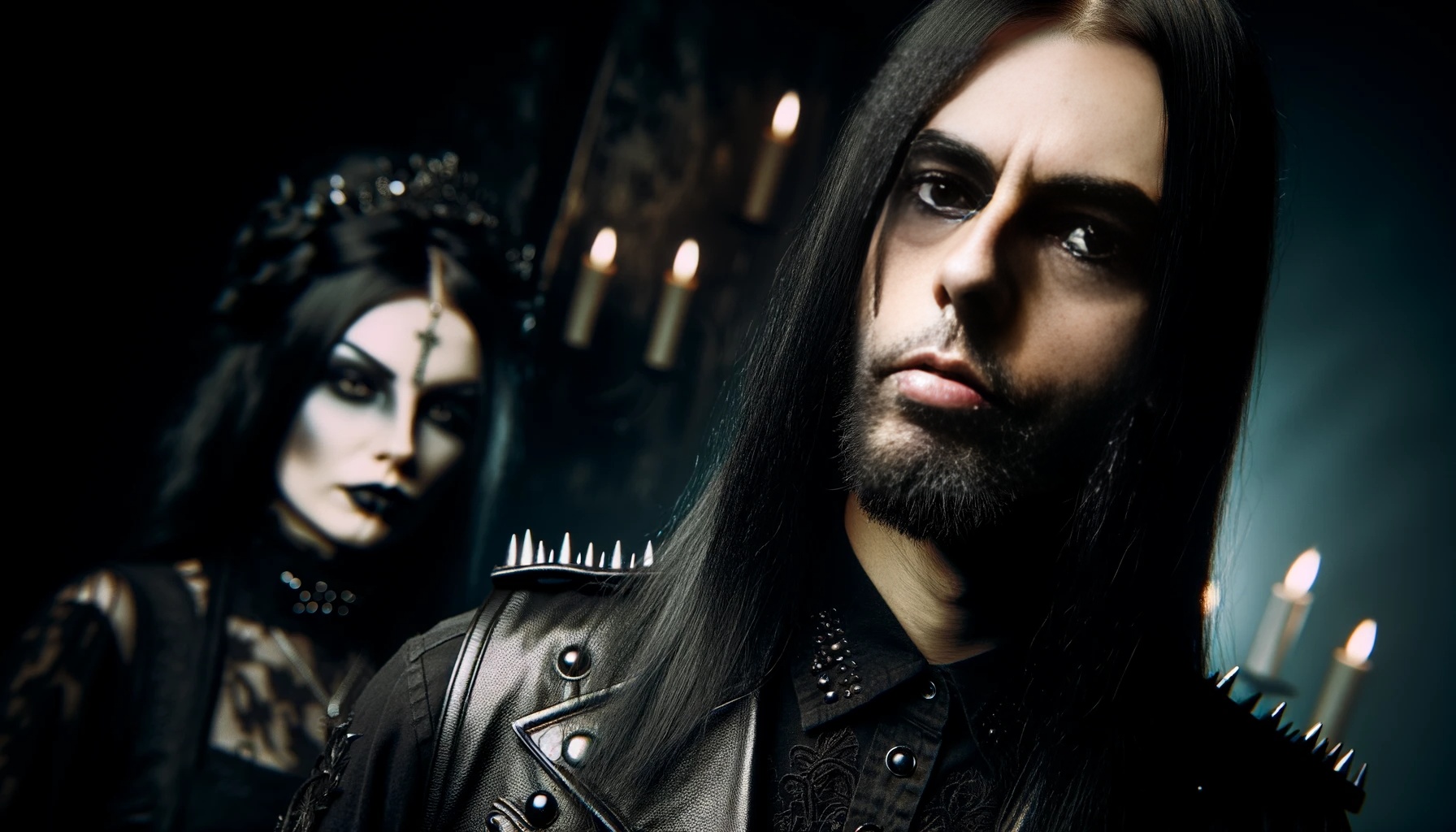Goth and Metal Are Not Phase – Goth and metal cultures often face a common misconception: that they’re merely phases people go through, particularly in their youth. This couldn’t be further from the truth. Both goth and metal are profound lifestyles and communities that many individuals commit to for life. They are not fleeting interests but rather deeply rooted subcultures with rich histories, philosophies, and aesthetics that resonate with people on a fundamental level.

The Origins and Evolution of Goth and Metal (Goth and Metal Are Not Phase)

Goth: A Brief History
The goth subculture emerged in the late 1970s and early 1980s, growing out of the post-punk movement. Bands like Bauhaus, Siouxsie and the Banshees, and The Cure were pioneers of this genre, infusing their music with dark, melancholic themes and a distinctive style that set the foundation for goth culture (Wikipedia) (louder). The Batcave club in London became a central hub for the goth scene, fostering a community that celebrated the macabre and the mysterious (Wikipedia).
Goth culture isn’t just about the music; it encompasses a whole aesthetic and philosophical approach to life. It draws from a wide array of influences, including gothic literature from the Romantic era, such as the works of Byron and Shelley, as well as more modern influences from cinema and fashion (Historyplex). This multifaceted nature allows goth culture to continually evolve while maintaining its core identity.
Metal: Roots and Rebellion
Metal, on the other hand, has its roots in the late 1960s and early 1970s with bands like Black Sabbath and Led Zeppelin pioneering the heavy sound that would define the genre. Metal has always been about pushing boundaries, both musically and socially. It’s a genre that celebrates individuality, defiance, and the power of music to express the rawest human emotions.
Over the decades, metal has diversified into numerous subgenres, each with its own unique characteristics and fanbase. From the doom-laden riffs of doom metal to the blistering speed of thrash, and the gothic overtones of black metal, this genre’s diversity is a testament to its enduring appeal and the dedication of its fans.

Goth and Metal as Lifestyles

The Goth Lifestyle
Being goth is not about dressing up for Halloween; it’s a way of seeing the world. Goths find beauty in darkness and embrace the melancholic and macabre aspects of life. This perspective is often reflected in their fashion, art, and literature. Black is the predominant color, but other dark hues like deep reds, purples, and greens are also common. The look often includes pale makeup with dark accents, straight black hair, and a variety of accessories that might include chokers, rings, and piercings (Historyplex).
However, the goth lifestyle goes beyond aesthetics. It’s about a sense of community and belonging among those who feel disconnected from mainstream culture. Goths often appreciate the arts, literature, and music that explore themes of existentialism, death, and the supernatural. This connection to deeper, often darker themes provides a sense of solace and understanding among its adherents (louder) (Historyplex).
The Metal Community
Similarly, metal is more than just a music genre; it’s a tightly-knit community with a shared love for intense, powerful music and the themes it explores. Metalheads often bond over their shared experiences at concerts, festivals, and through online communities. The metal scene is known for its camaraderie and the strong sense of identity it provides. Many metal fans remain devoted to the genre throughout their lives, finding in it a source of strength and solidarity (Historyplex).
Metal culture is also about challenging societal norms and expressing individuality. The genre’s themes often delve into topics that are taboo or controversial, providing a voice to those who feel marginalized or misunderstood. This rebellious spirit is a core aspect of the metal lifestyle, driving its fans to remain loyal and passionate advocates of the genre.

A Lifelong Commitment
One of the most persistent myths about goth and metal is that they’re merely phases that people grow out of. This view fails to recognize the depth of these subcultures. Many goths and metalheads maintain their connection to these lifestyles well into adulthood, integrating their aesthetics and philosophies into their daily lives in meaningful ways (louder).
The Persistence of Goth
Goth culture has proven its resilience and adaptability over the decades. It’s not uncommon to find goths who have been part of the subculture for thirty or forty years. The annual celebration of World Goth Day is a testament to the subculture’s enduring appeal and the sense of community it fosters. This event, promoted by DJs Cruel Britannia and Martin Oldgoth, encourages goths worldwide to celebrate their culture and raise awareness about its diversity and depth (louder).
Metal for Life
Similarly, the metal community is known for its lifelong dedication. Metal festivals like Wacken Open Air and Hellfest draw fans of all ages, demonstrating the genre’s cross-generational appeal. Metalheads often pass their love for the music down to their children, creating a legacy of metal that spans generations.

Conclusion
Goth and Metal Are Not Phase: Dismissing goth and metal as mere phases is not only ignorant but also disrespectful to the deeply held beliefs and identities of those who belong to these communities. Both goth and metal offer more than just music or fashion; they provide a sense of belonging, a way to cope with the darker aspects of life, and a means to express individuality in a world that often demands conformity.
For those who embrace these lifestyles, goth and metal are not phases but integral parts of their identity that they carry with them throughout their lives. So, let’s celebrate and respect these vibrant, enduring subcultures for what they truly are: lifelong commitments to a unique and powerful way of living.
Explore more about the goth and metal lifestyle on the home page.
Connect with me on all my social media here.




